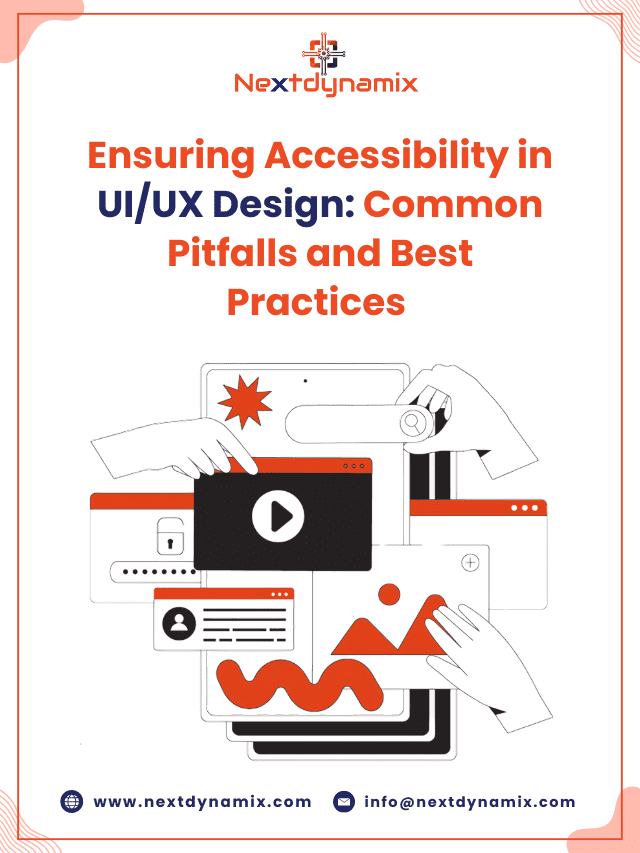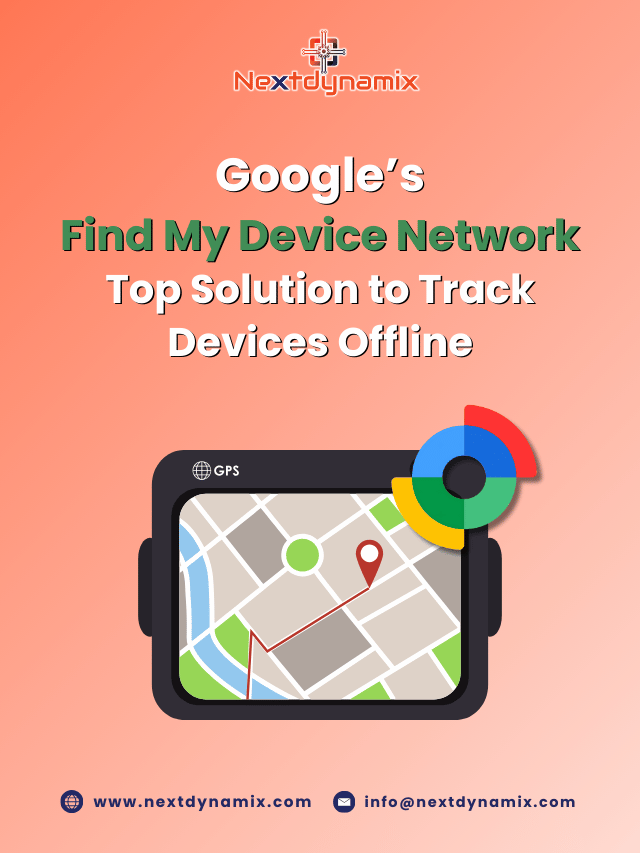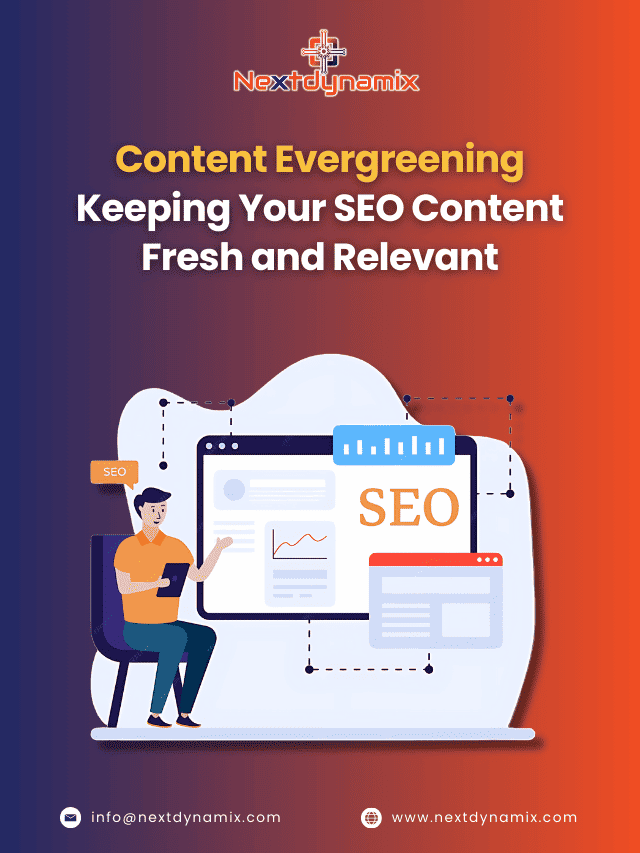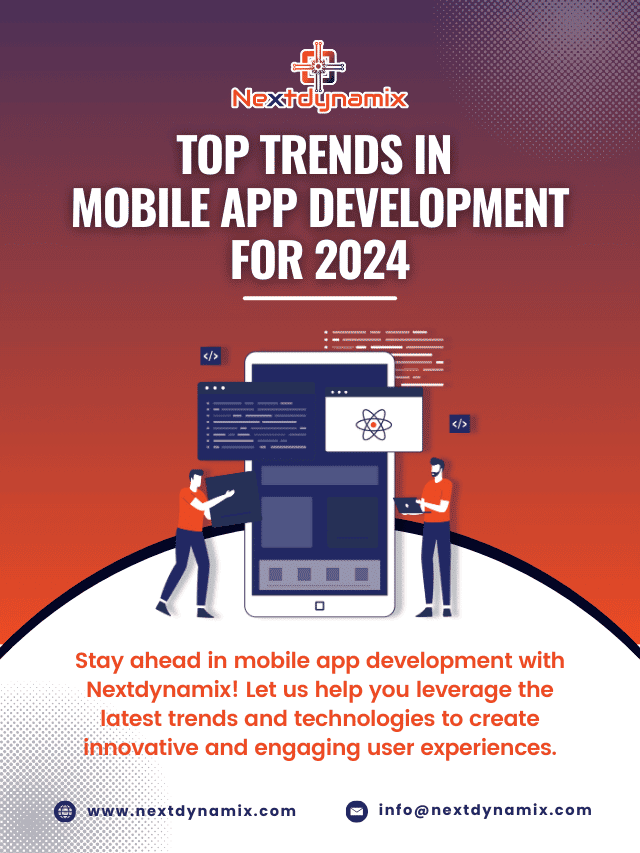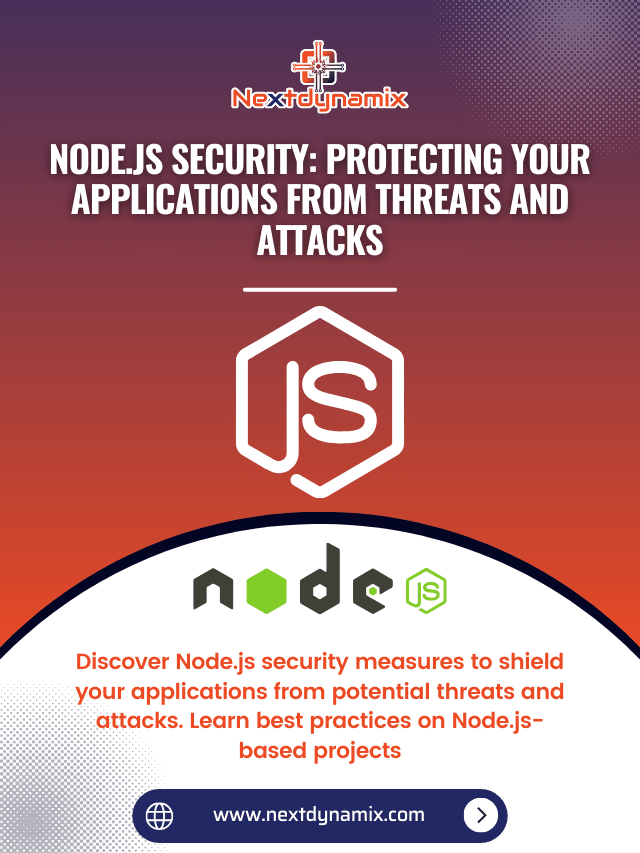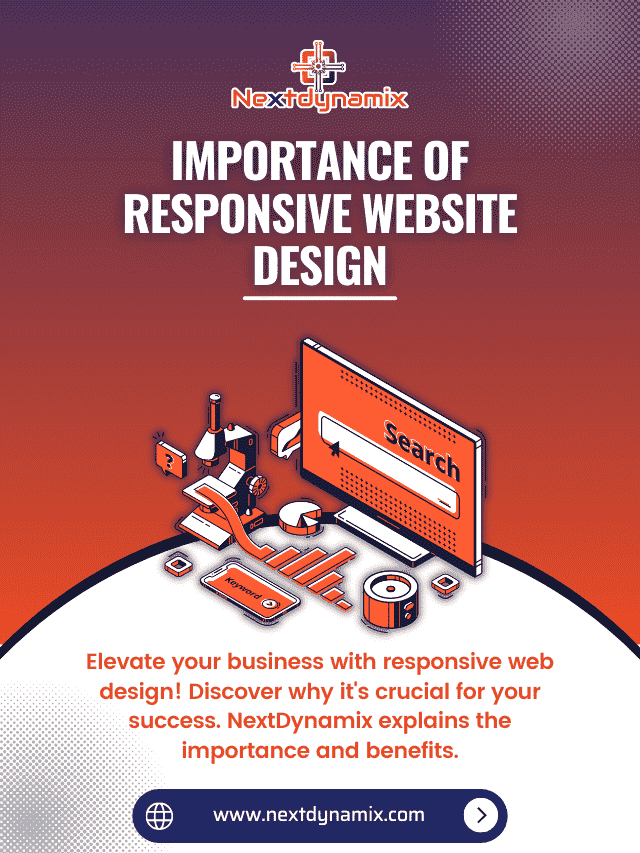Adapting to Trends: Staying Relevant with Contemporary Logo Design
In the fast-paced world of design and branding, staying relevant is a constant challenge. Logo design, as one of the cornerstones of visual identity, must evolve with the times to remain effective. In this comprehensive guide, we’ll explore the world of contemporary logo design, why it is essential to adapt to design trends, and how you can ensure your logos are always fresh and appealing.
Chapter 1: The Significance of Logo Design

1.1 The Power of a Good Logo
A logo is more than just a visual element; it’s a symbol that represents your brand’s identity, values, and personality. A well-designed logo can:
- Evoke Emotions: A logo can create an emotional connection with your audience, fostering trust and loyalty.
- Establish Recognition: A memorable logo helps your brand stand out in a crowded marketplace.
- Convey Brand Values: The logo design, color, and typography can communicate your brand’s essence.
- Reflect Modernity: Staying up-to-date with design trends shows your brand is dynamic and relevant.
1.2 The Impact of Design Trends
Design trends come and go, and incorporating them into your logo design can have a significant impact:
- Visual Appeal: Trendy logos catch the eye and make a strong first impression.
- Relevance: Trendy logos show that your brand is aware of current cultural and design influences.
- Differentiation: Following design trends can set you apart from competitors who may be using outdated logos.
Chapter 2: Contemporary Logo Design Trends

2.1 Minimalism
The simplicity, clean lines, and a focus on essential elements characterize the minimalist logos. This trend has gained popularity due to its timeless appeal and versatility.
2.2 Flat Design
The flat design eliminates gradients, shadows, and textures, resulting in a two-dimensional, clean look. It emphasizes clarity and readability.
2.3 Geometric Shapes
Using geometric shapes like circles, triangles, and squares can create visually appealing and balanced logos. Geometric designs often convey precision and stability.
2.4 Negative Space
Incorporating negative space cleverly into a logo design can add layers of meaning and create memorable visuals. The FedEx logo, with its hidden arrow, is a classic example.
2.5 Gradients
Gradients have made a comeback, especially in digital and web design. They add depth and dimension to logos and can create a sense of movement.
2.6 Typography as a Focus
Typography-focused logos use custom lettering or fonts to make a strong statement. Brands like Coca-Cola and Disney are known for their iconic typography.
Chapter 3: The Process of Adapting to Trends

3.1 Research and Analysis
Before jumping on a design trend, thoroughly research it to understand its cultural and visual implications. Consider how it aligns with your brand identity and target audience.
3.2 Hire a Professional
While DIY design tools are accessible, hiring a professional logo designer ensures you get a logo that includes both trends and uniqueness. Designers have the expertise to incorporate trends effectively.
3.3 Keep Brand Consistency
Adapting to trends doesn’t mean completely overhauling your logo. Maintain elements core to your brand’s identity, like colors or a recognizable icon.
3.4 Test and Iterate
Gather feedback from your audience and stakeholders. Conduct A/B testing, if necessary, to evaluate how well the new logo resonates with your audience.
Chapter 4: Case Studies: Brands That Nailed Contemporary Logo Design
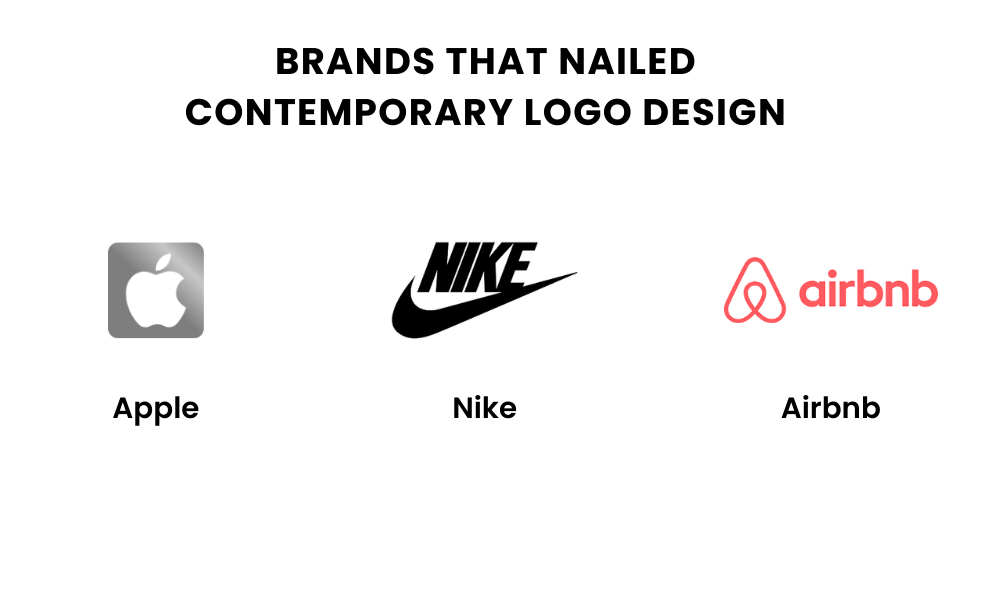
4.1 Apple
Apple’s logo evolution reflects its commitment to simplicity and modernity. The current Apple logo, a monochrome apple silhouette, is an embodiment of minimalist design.
4.2 Nike
The Nike Swoosh is an iconic example of how a simple shape can become synonymous with a brand. Nike’s logo has remained contemporary and versatile throughout the years.
4.3 Airbnb
Airbnb’s recent logo redesign incorporated a modern and customizable typeface with a symbol representing belonging and travel.
Chapter 5: When to Avoid Trends
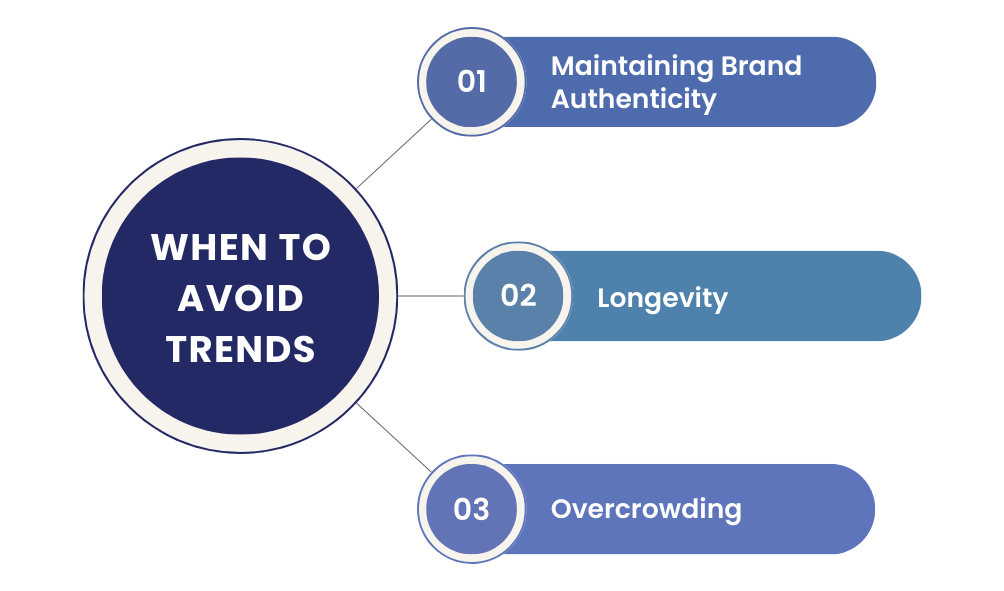
5.1 Maintaining Brand Authenticity
Sometimes, trends may clash with your brand’s core values and identity. In such cases, it’s best to avoid incorporating them forcefully.
5.2 Longevity
Some design trends have a fleeting appeal and may quickly become dated. Consider whether a trend will stand the test of time before adopting it.
5.3 Overcrowding
Overloading a logo with multiple trendy elements can create visual chaos. Simplicity often trumps complexity in logo design.
Chapter 6: Future-Proofing Your Logo

6.1 Scalability
Ensure your logo looks great in various sizes, from a tiny favicon to a billboard. A scalable design is vital for modern multi-platform branding.
6.2 Versatility
A versatile logo adapts well to different color schemes, backgrounds, and contexts. Consider creating alternate versions for specific use cases.
6.3 Timelessness
While incorporating trends is valuable, the core elements of your logo should have a timeless quality. Trends can evolve quickly, but your brand should endure.
Chapter 7: Maintaining Consistency Across Touchpoints
7.1 Digital Presence
Your logo must look consistent across websites, social media profiles, and mobile apps. Ensure that it adapts to responsive design.
7.2 Print Collateral
Printed materials like business cards, brochures, and merchandise should display your logo accurately and attractively.
7.3 Uniformity in Messaging
Your logo should align with your brand’s messaging, ensuring a cohesive visual and verbal identity.
Chapter 8: The Role of Feedback and Iteration
8.1 Gathering Feedback
Collect input from your audience, employees, and stakeholders. Understand their perceptions and feelings toward your logo.
8.2 Iteration
Don’t be afraid to adjust your logo based on feedback and changing design trends. A logo should evolve with your brand.
Conclusion
Adapting to contemporary logo design trends is essential for brand relevance and appeal. A well-designed, trendy logo can make a powerful statement about your brand’s modernity and values. However, it’s crucial to approach trends thoughtfully, ensuring they align with your brand identity and target audience. By hiring professionals, conducting research, and maintaining consistency, you can master the art of contemporary logo design and stay relevant in the ever-changing world of branding. Remember, a logo is not just a design; it represents your brand’s personality and values and should evolve and adapt as your brand grows and evolves.
At Nextdynamix, We Have Pros and Peers for More Insights!
Connect with our professional web and app specialists to achieve impeccable development and seamless execution. Allow us to comprehend your industry obstacles and deliver efficient solutions, unlocking your business potential.
Contact us today for further information
